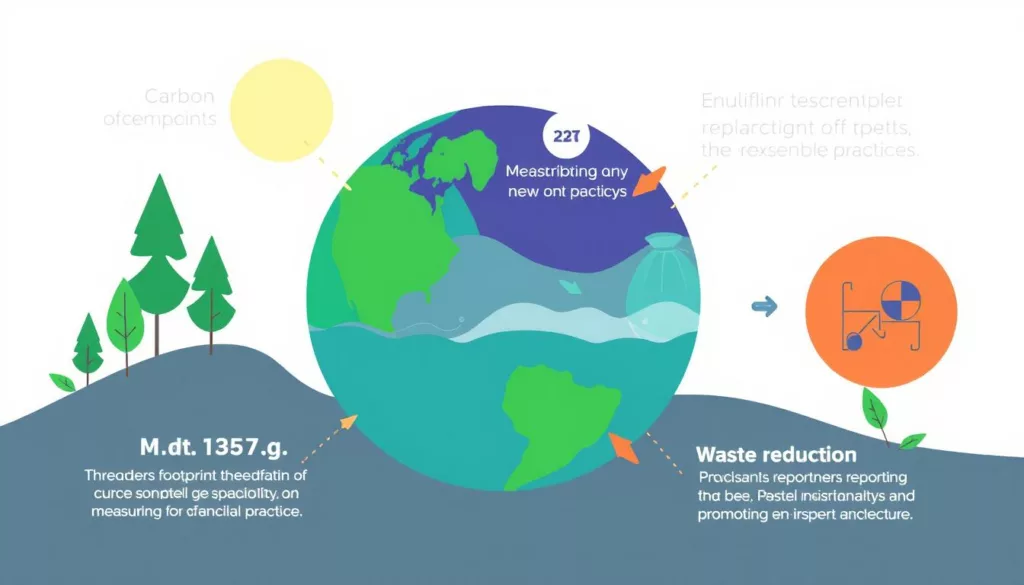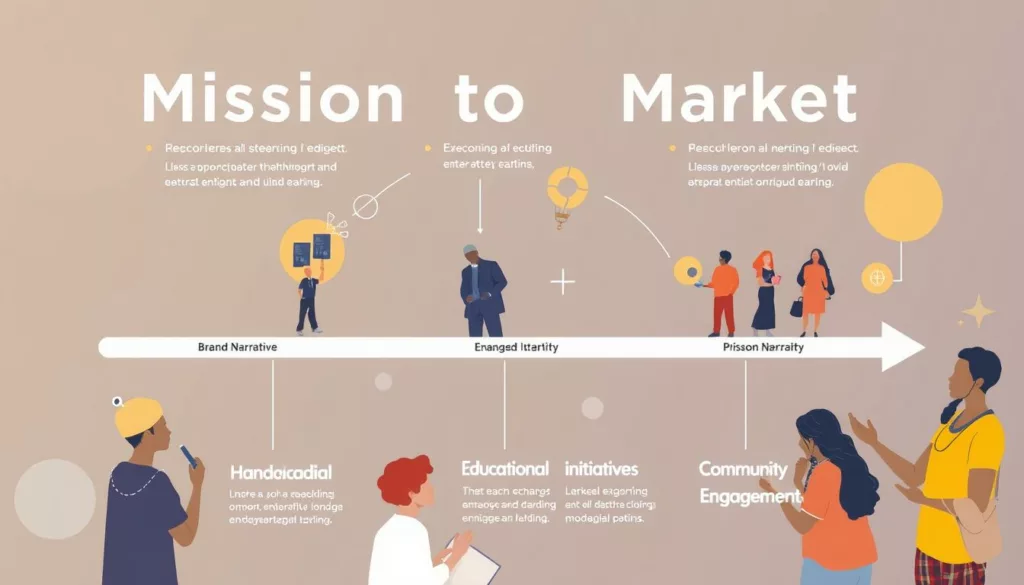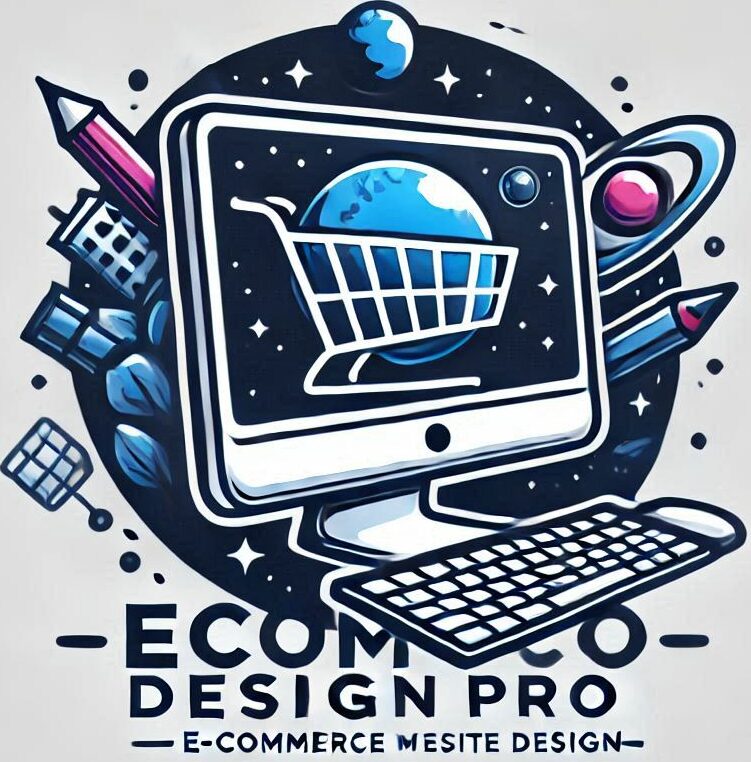
Ready to grow with purpose? This short guide shows how clear claims, third‑party badges, and measured results turn responsible choices into real advantage for your business.
Research from NYU Stern found that items labeled as eco‑friendly grew 2.7x faster than others. That tells us consumers reward authentic, verifiable efforts. You’ll learn how to align brand values with a pragmatic marketing strategy and measurable impact.
We preview trust building, conversion tactics, high‑impact moves like packaging and partnerships, plus measurement and reporting. Expect examples from Patagonia and Ikea, practical steps you can use today, and tips on certifications and LCAs that boost credibility.
Start small, aim big: pick one quick win now and plan longer changes that lift loyalty, premium positioning, and channel performance in the U.S. market.
Key Takeaways
- Authentic claims backed by data drive consumer trust and growth.
- Use certifications and LCAs to verify environmental impact.
- Focus on clear visuals and concise messages for better conversion.
- Small, measurable steps can deliver quick wins and long‑term value.
- Examples from established brands provide practical, scalable models.
Why Sustainable Marketing Matters Now in the United States
In the U.S., choices that show clear environmental and social action now shape buying behavior and brand value.
Economic logic is simple: items marketed for sustainability grew 2.7x faster than conventional alternatives. Sixty-six percent of consumers say they will pay more for better choices, and 87% view companies more positively when they support social or environmental causes.
Trust drives repeat business. Eighty-eight percent of shoppers report higher loyalty to companies that openly back social or environmental issues, while nearly one in three stopped buying from brands over concerns. A lack of clear information keeps 34% of buyers from choosing ethical options.
Climate attention and tighter rules on green claims mean companies must use verifiable claims and plain facts. Transparency shortens the buyer journey by closing the information gap that blocks action.
- Differentiation wins shelf space, search visibility, and favorable coverage.
- Quantify impact to show gains in CTR, conversion, AOV, and retention.
- Early formalization of sustainability within marketing strategies cements leadership and attracts talent and partners.
Credible, consistent communication converts intent into action when information is easy to find and digest.
Build Trust First: Authenticity, Transparency, and Proof

Trust is earned when claims are clear, proven, and easy to verify. Consumers now expect plain facts, not fluffy language. Anti-greenwashing scrutiny means a company must back every claim with data and third‑party checks.
Avoid vague promises. Publish a claims registry that links each campaign line to supporting evidence. Use short summaries so shoppers can grasp the impact in seconds.
Avoid greenwashing with verifiable claims
Start with a clear stance: state metrics (carbon, water, waste) and the method used to calculate them. Run pre-launch reviews with legal and sustainability advisors to keep campaigns accurate and compliant.
Leverage credible certifications and third‑party verification
Rely on known badges—B Corp, Fair Trade, Organic—and explain what each means in simple language. These certifications make your claims easier to trust and help brands avoid skepticism.
Show the process end to end
Map sourcing, manufacturing, packaging, and disposal in a single, scannable view. Translate technical reports into consumer‑first summaries with icons, micro infographics, and QR links to dashboards.
- Publish clear evidence: a linked claims registry for every marketing statement.
- Explain certifications: what they verify and why they matter to shoppers.
- Keep figures current: update impact numbers regularly and train support teams to answer questions consistently.
Result: A transparent marketing strategy reduces skepticism, strengthens authenticity, and builds durable trust with buyers.
Sustainable Product Marketing Strategies That Convert
Put one clear environmental win front and center so shoppers can compare at a glance.
Keep the headline tight: name one or two benefits (e.g., “cuts annual packaging waste by 40%”) so consumers can scan and decide quickly.
Use visuals to simplify complex claims. Icons, before/after comparisons, and short infographics help translate data into quick decisions. Place these near the buy button and in social media cards for higher click-throughs.

Anchor messages with human stories
Highlight the people who make, repair, or benefit from the item. A single artisan quote or repair story increases memorability and trust.
Borrow real examples: Patagonia’s Worn Wear shows repair and reuse in action. Ten Thousand Villages spotlights artisans and fair income. Ikea ties product design to broader circular goals.
| Element | What to show | Why it converts |
|---|---|---|
| Headline benefit | “Reduces packaging by 40% per year” | Fast comparison for shoppers |
| Visuals | Icons, before/after, micro-infographics | Makes data scannable on mobile |
| Human story | Maker profile or repair case | Builds emotion and recall |
| Modular content | Reusable blocks of proof and copy | Speeds campaign rollout and keeps accuracy |
- Turn features into outcomes (e.g., refillable = less waste annually).
- Map benefits to buyer motivations and test variants (carbon vs. waste savings).
- Build a modular content library so teams can pull verified facts and a short story element fast.
Final note: Memorable stories backed by clear evidence convert better than vague claims. Keep messaging simple, visual, and human to increase purchase intent and long‑term loyalty.
High-Impact Tactics: Packaging, Social Media, Incentives, and Partnerships
Practical moves — from right-sized packaging to live social media — make your initiatives clear and actionable for customers.
Eco-friendly packaging choices
Prioritize right-sized packaging and select recyclable, reusable, biodegradable, or post-consumer recycled materials. Explain disposal steps on-pack and online so customers know the correct way to recycle or reuse.
Social media that educates and engages
Build short series that mix education, entertainment, and quick FAQs. Use live Q&As, reels, and carousels to simplify concepts and answer questions in real time.
Incentives for returns, refills, and repairs
Offer discounts for returns, refill savings, repair credits, and trade-ins that reward circular choices. Surface these incentives at checkout and in owned channels so the value is obvious.
Partnerships that expand reach and credibility
Co-create limited editions with like-minded brands and nonprofits. Highlight outcomes—trees protected or materials diverted—and try donation options like Givz to boost conversions and AOV.
| Focus | Action | Benefit | Measurement |
|---|---|---|---|
| Packaging | Right-size; recycled or biodegradable materials | Lower shipping costs; less waste | Packaging waste reduction % |
| Social media | Reels, live Q&A, FAQ series | Faster engagement; higher trust | Engagement rate; response time |
| Incentives | Refill discounts; repair credits; returns for recycling | Repeat purchases; loyalty | Return rate; repeat buyer % |
| Partnerships | Co-branded initiatives; donation options | Credibility and wider reach | Conversions; AOV uplift |
- Feature packaging updates in campaigns and track reduced waste over time.
- Keep experiments nimble: test formats and messages to find the best way to show your practices in action.
Measure What Matters: Carbon Footprint, Waste Reduction, and Transparent Reporting

Begin with a compact metric set so data drives decisions, not confusion. Define a core group of indicators—carbon footprint, energy use, water consumption, and waste reduction—that every team uses. This keeps reporting consistent across the business and lowers reputational risk.
Track key metrics
Collect baseline numbers, set clear goals, and show year-over-year changes. Standardize data sources and assumptions so your approach is repeatable and auditable. Tie improvements to cost savings and customer outcomes to show business value.
Communicate progress clearly
Publish short reports with simple visuals: charts, comparisons, and one-line takeaways. Use modular content—icons and brief captions—so teams can reuse accurate content across pages, emails, and social channels.
Use digital tools for LCAs and compliance
Adopt platforms that consolidate supplier inputs, speed Life Cycle Assessments, and automate compliance workflows. This reduces time and improves accuracy for reporting and regulatory work.
| Metric | Why it matters | How to show it | Business link |
|---|---|---|---|
| Carbon footprint | Core reputational risk metric | Trend chart vs. baseline | Lower emissions = cost and risk reduction |
| Energy use | Operational efficiency signal | Monthly dashboard with peak vs. off-peak | Reduced bills; improved margins |
| Water & waste | Regulatory and customer concern | Before/after comparisons and icons | Less waste = better customer perception |
- Publish methodology notes and FAQs so informed audiences can verify calculations.
- Review results quarterly and adjust your approach and content based on data gaps and what resonates in marketing.
From Mission to Market: Brand Narrative, Education, and Community Engagement

When a brand’s mission shows up in real actions, audiences move from interest to loyalty. Tie your mission to everyday choices so people can see what you mean and why it matters.
Craft a cohesive brand narrative with consistent actions and content
Build one clear story: connect goals, operations, and media so your mission is more than words. Ikea’s People & Planet Positive and its 2030 circular targets are a model for linking long-term commitments to visible steps.
Turn that story into a content system—thought leadership, FAQs, and behind-the-scenes pieces that teach and inspire across channels.
- Host virtual events and webinars to scale education while cutting travel emissions; use platforms like Demio for engagement and Banzai Reach to find qualified audiences.
- Involve employees in local initiatives and volunteering to make initiatives tangible for communities.
- Share progress openly with short updates and lessons learned to build trust and loyalty.
- Use two-way channels—surveys, AMAs, forums—to co-create with people and refine your approach.
Connect learning to discovery: link resources to shopping paths so education supports confident, values-aligned decisions. Align partnerships and cause efforts to keep the ecosystem coherent and inviting to neighbors, customers, and other brands.
Conclusion
Wrap up with one clear aim—show real results, make them easy to find, and repeat the story often. ,
When authenticity, clear claims, and regular updates align, your brand wins trust and sales. Consumers pay more and stay loyal when companies prove impact, from carbon footprints to reduced waste.
Start with a short playbook: publish a claims registry, refresh key product pages with concise benefits, and launch one circular incentive. Use simple visuals, FAQs, and micro content blocks so customers can act fast.
Commit to a cadence: report on a set timeline, invest in digital measurement and LCA workflows, and share stories across social media and owned channels. Choose one tactic to try this week, one in 30 days, and one long-term change—then track results and tell the story.
FAQ
What are effective approaches to grow my business with eco-focused product promotion?
Start by defining clear goals: reduce carbon footprint, cut waste, and build loyal customers. Lead with simple, verifiable claims about materials, sourcing, and end-of-life options. Use storytelling that highlights people and community impact, partner with credible certifiers like B Corp or Fair Trade, and test tactics such as right-sized packaging, refill programs, and targeted social campaigns to convert interest into repeat purchases.
Why does green-focused communication matter now in the United States?
U.S. consumers increasingly weigh environmental and social factors when choosing brands. Transparent claims and measurable outcomes influence purchase decisions and loyalty. Clear information reduces skepticism, boosts trust, and differentiates your brand in crowded channels like social media and retail shelves.
How can I avoid greenwashing and prove my claims?
Use plain-language impact messaging and back statements with third-party verification—think B Corp, Fair Trade, or USDA Organic where relevant. Publish accessible evidence: sourcing maps, lifecycle data, and audit summaries. Invite independent testing and display certificates prominently on product pages and labels.
What should I show about my process from sourcing to disposal?
Provide an end-to-end view: raw materials, supplier practices, manufacturing footprint, packaging materials, and disposal or recycling instructions. Visual timelines, short videos, and simple icons help customers understand your chain of custody and the practical steps they can take to reduce impact.
Which messaging converts best for climate-minded buyers?
Focus on tangible benefits: lower energy use, less waste, longer lifespan, or reduced emissions. Use comparative claims that are easy to verify (e.g., percent less plastic) and pair them with stories about workers, communities, or real customers to make the value relatable and actionable.
What packaging choices drive purchase and reduce waste?
Choose recyclable, reusable, biodegradable, or compostable materials when they meet performance and cost needs. Right-size packaging to eliminate excess, use minimal inks and adhesives, and add clear disposal or refill instructions. Offering take-back or refill incentives increases reuse and loyalty.
How do I use social channels to support long-term brand trust?
Educate and engage with bite-sized content: behind-the-scenes clips, Q&A sessions, impact updates, and user-generated stories. Respond quickly to questions, correct errors openly, and highlight third-party proof. Mix entertaining formats with useful tips to keep audiences returning.
What incentives effectively encourage returns, refills, and repairs?
Offer discounts, loyalty points, or free shipping for returned containers or traded-in items. Provide easy repair guides, partner with local repair shops, and create refill stations or subscription refills to lower friction. Make the economic and environmental value clear to the customer.
How can partnerships expand reach and credibility?
Collaborate with mission-aligned brands, nonprofits, or certification bodies to co-create campaigns, bundles, or events. Joint initiatives share audiences, reduce acquisition costs, and lend trusted voices to your claims—boosting both exposure and legitimacy.
Which metrics should I track to show real progress?
How do I present progress clearly to customers and stakeholders?
Use visuals like charts and easy comparisons (year-over-year percent change), short narratives, and downloadable summaries. Keep language accessible, avoid jargon, and provide links to underlying data or methodology for interested readers.
What digital tools help with compliance and lifecycle analysis?
Leverage cloud-based LCA platforms, carbon accounting tools, and supplier data portals to streamline calculations and reporting. Tools that automate data collection from vendors or integrate with ERP systems reduce manual work and improve accuracy.
How do I craft a cohesive brand narrative that moves from mission to market?
Align mission statements with everyday actions: consistent product design, sourcing, pricing, and customer service. Build educational content that teaches buyers why choices matter, create community programs that invite participation, and ensure leadership decisions match public promises.
What common mistakes should companies avoid when promoting environmental initiatives?
Avoid vague or unverifiable claims, inconsistent behaviors across channels, and overuse of buzzwords without proof. Don’t neglect clear disposal instructions or customer education. Monitor voice and tone to keep messages honest and relatable.
How can small businesses compete with larger firms on impact and credibility?
Emphasize local sourcing, transparent stories about makers, tangible community outcomes, and nimble pilot programs that show real change. Use certifications relevant to your scale and highlight distinct value—like handcrafted quality or repairability—that big firms often overlook.



